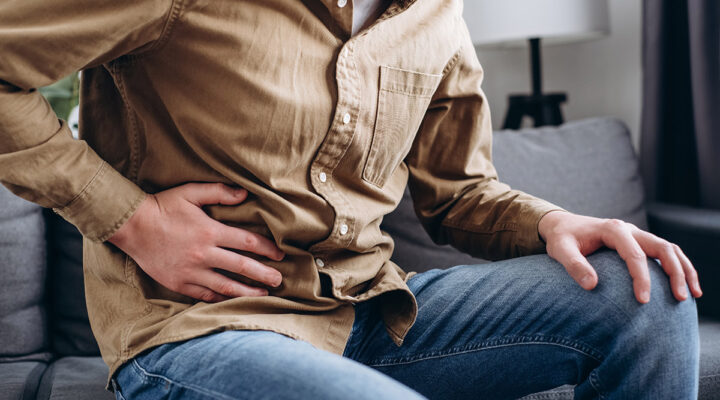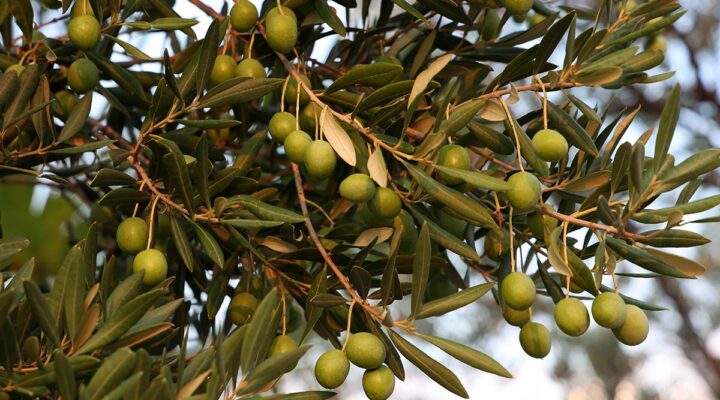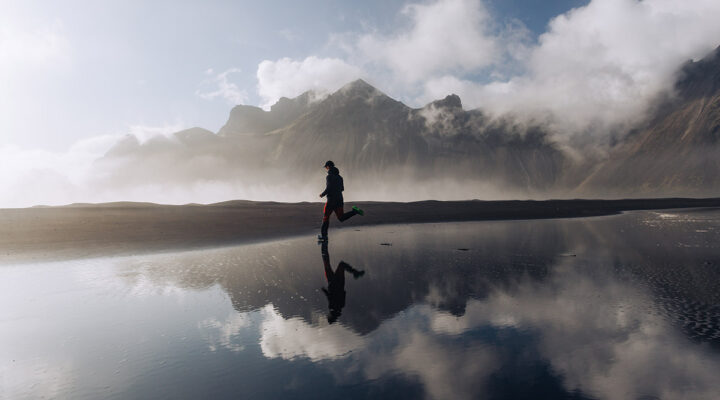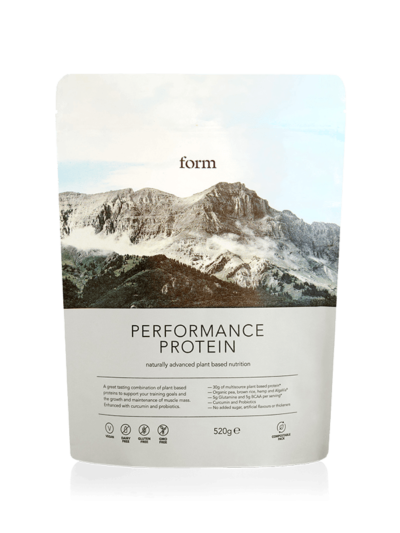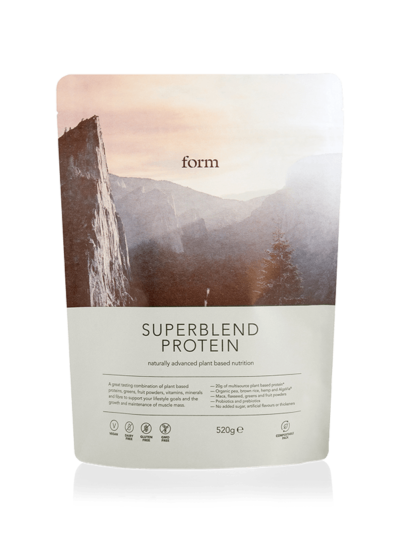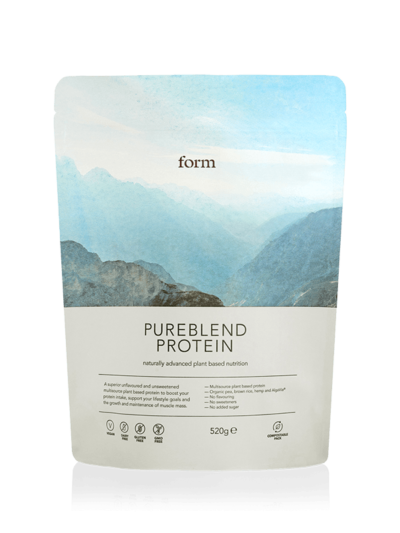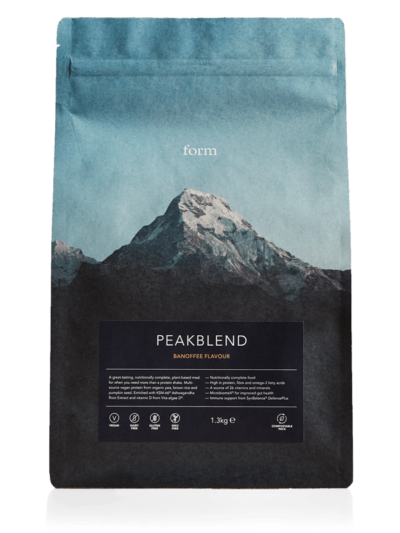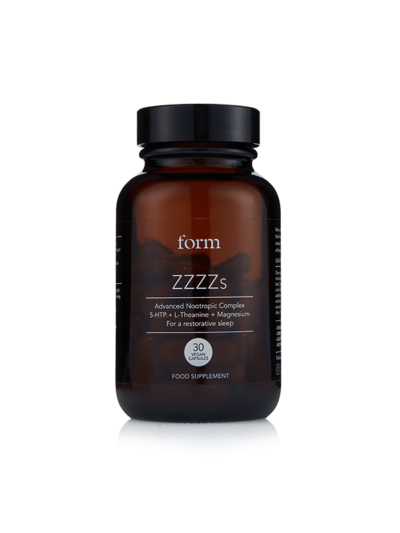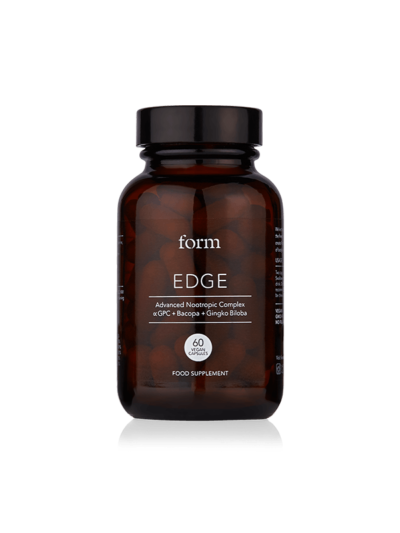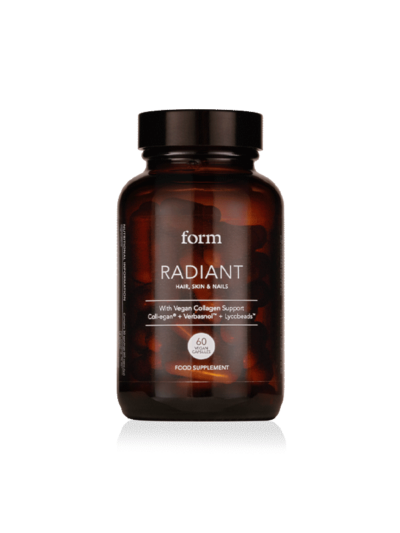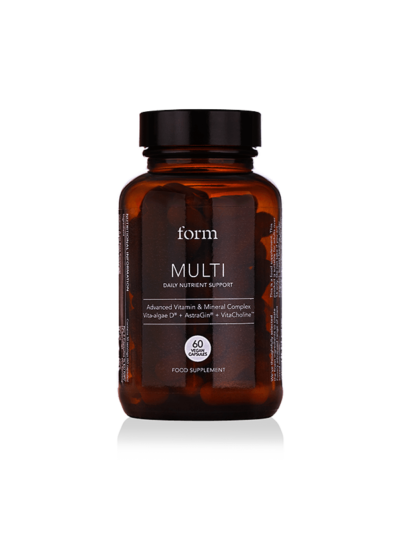10 Eco-Friendly Trainer Brands That Are Making the World a Better Place
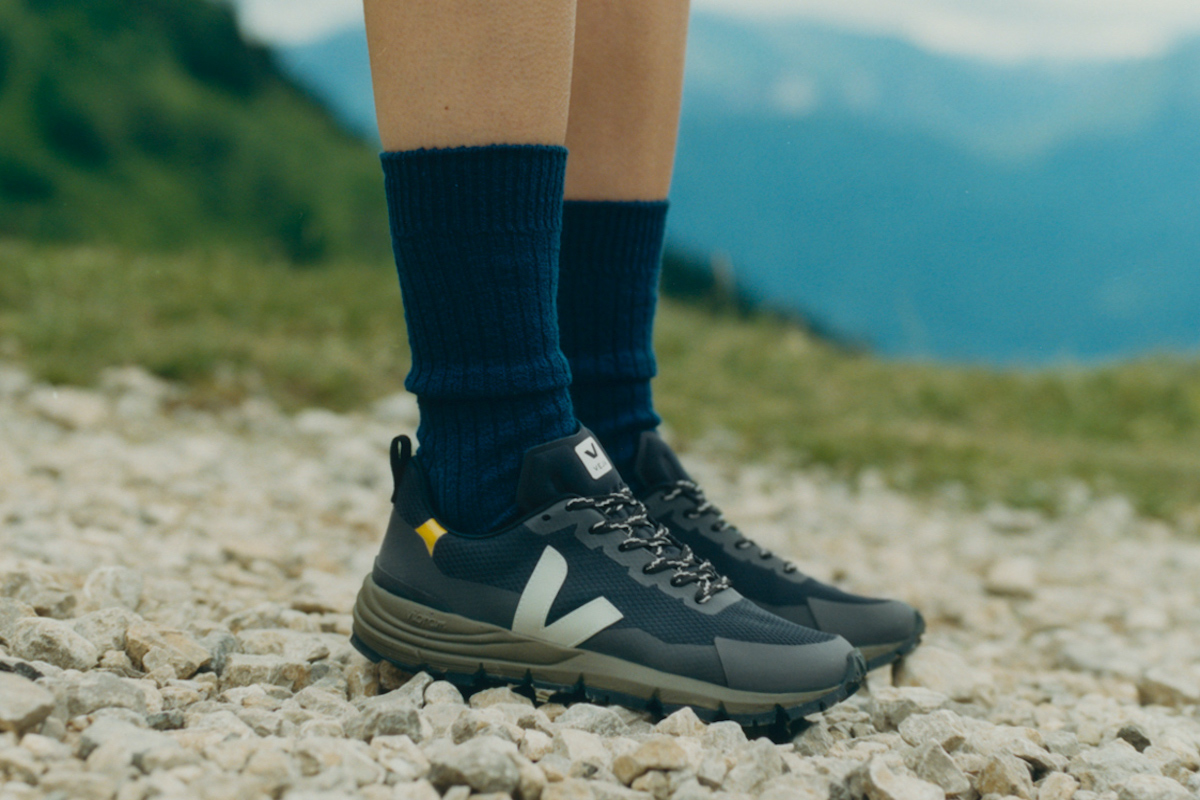
Of the 23 billion pairs of trainers produced each year, over 300 million end up in landfill where they’ll take up to 40 years to fully decompose.
Material-wise, most sneakers are made out of a blend of virgin plastic, cheap, oil-based glues, rubber and leather. The latter of those is the most commonly used fabric in sneaker production and one of its most unsustainable too. Indelibly tied up with an agriculture industry that is responsible for 18 percent of greenhouse gas emissions, the tanning of leather, is also one of the single most toxic sources of pollution in the world.
The issue is further complicated by alternative faux-leathers made out of plastic which then take hundreds of years to degrade (as does leather). It’s a vicious, complicated cycle, and one that you wouldn’t blame footwear brands from shying away from. But as environmental concerns take centre stage in politics and the media, a growing number of shoemakers have pushed on in their quest to offer sustainable and eco-friendly trainers as alternatives.
Thankfully, the rise of the conscious consumer has birthed a demand not just for eco-friendly materials, but silhouettes and colour-ways worthy of their place in style-savvy closets too. Here are 10 brands then who are doing sustainable trainers just right.
The Best Eco-Friendly And Sustainable Sneaker Brands
Allbirds
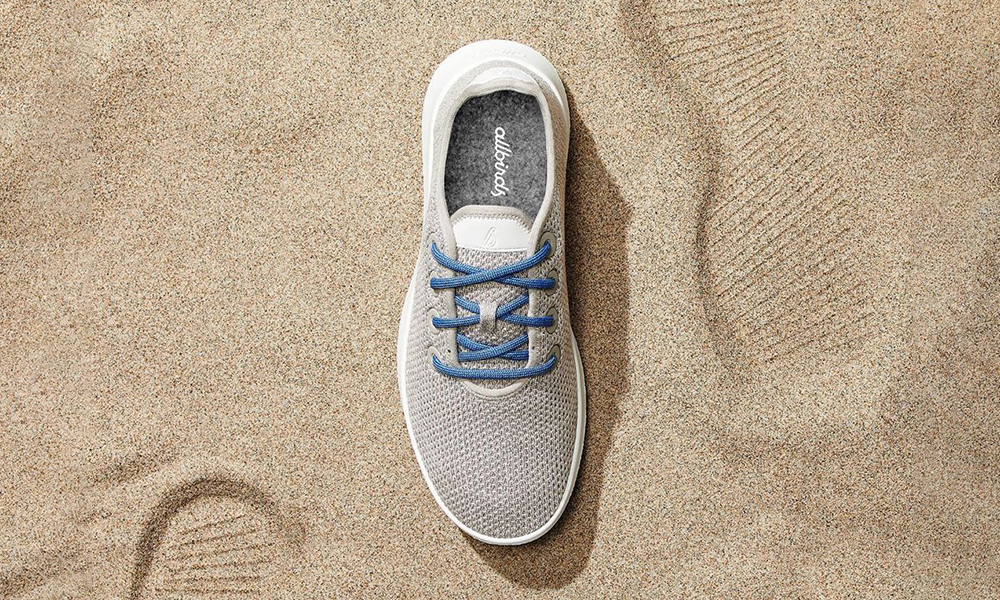
Silicon Valley’s sustainable trainer brand of choice, Allbirds receives investment from one of Hollywood’s most vocal climate change activists, Leonardo DiCaprio. But what makes these shoes so eco-friendly then? Well, for their uppers, the range uses either merino wool sourced from New Zealand sheep (using 60 percent less energy than typical synthetic shoes) or eucalyptus trees from South African farms relying on rainwater, thus using 95 percent less water than most cotton manufactures.
The shoes’ inner linings are constructed with recycled plastic and castor bean oil, while their SweetFoam soles are made from sugarcane, the technology for which is public so that other brands can also utilize it as a sustainable alternative. The cherry on the very eco-friendly cake is the multi-purpose packaging, made from 90 percent post-consumer recycled cardboard.

Veja
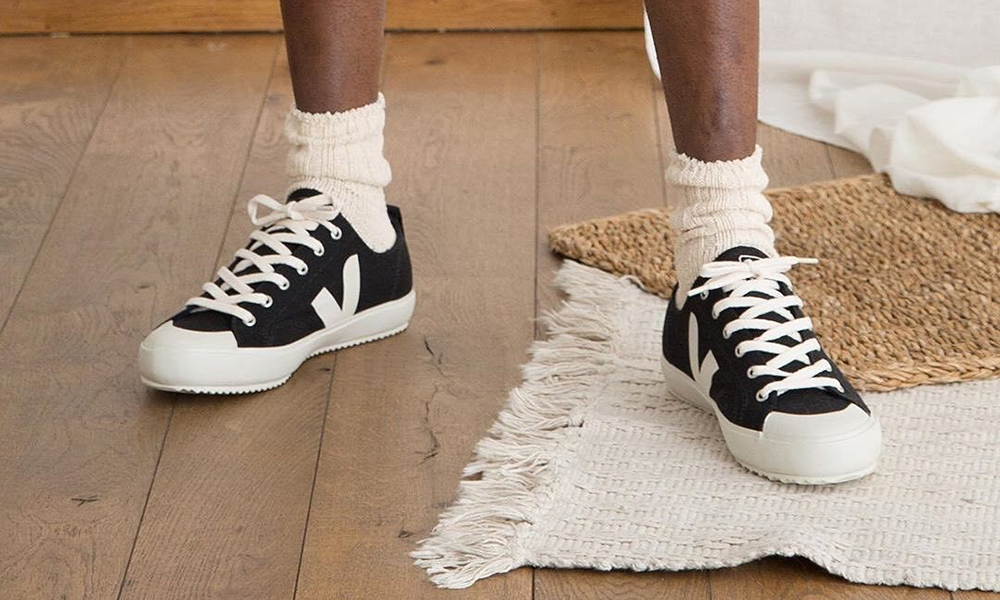
The buzz around Veja shows little sign of letting up. The French brand is pushing to make footwear as responsibly as possible, working with local Brazillian producers at the same time to preserve the Amazon rainforest.
Founders Sébastien Kopp and François-Ghislain Morillion vouch for using raw materials from organic and ecological agriculture avoiding chemicals. One out of four Veja designs is 100 percent vegan. The leather it does use comes from an audited tannery in southern Brazil while “fish leather” used on some shoes is up-cycled from discarded freshwater fish farms.
In 2019, Veja introduced its Venturi silhouette using mesh made from recycled plastic bottles and a wild rubber outsole from the Amazonian Forest while a recent collaboration with designer Rick Owens is made from 45 percent bio-based materials such as banana oil, sugarcane, rice husk and natural rubber.

Everlane
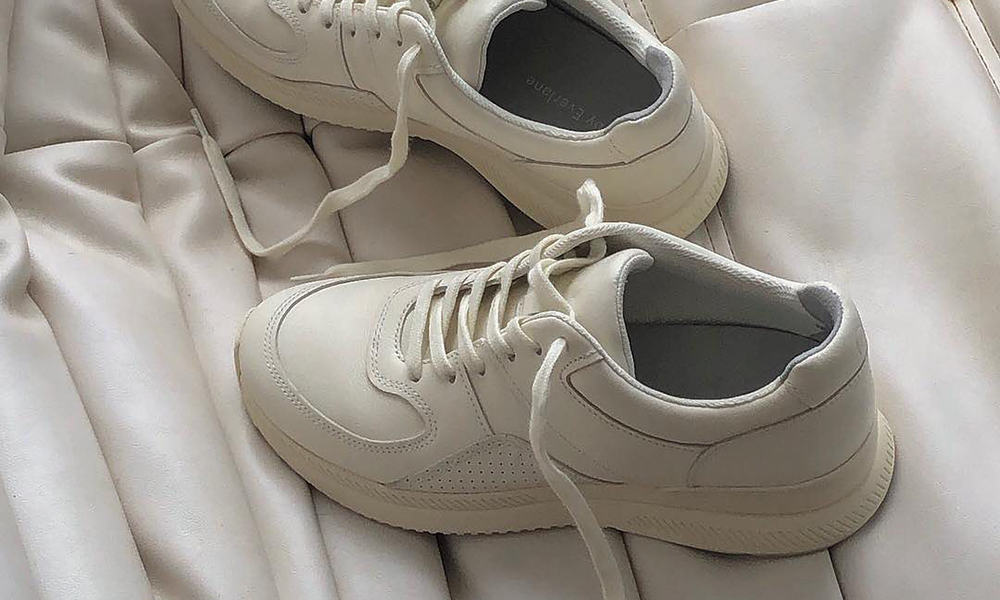
The total CO₂ emission for each pair of Everlane’s sustainable ‘Tread’ trainers is calculated at 28.9kg, accounting everything from food grown for the cattle whose leather is used for the upper to shipping. For every pair sold, Everlane then works with NativeEnergy to support work with ranchers to improve cattle-grazing practices on American grasslands, leading to better soil health, cleaner waterways, and greater carbon sequestration into the soil.
Not enough for you? There are ways in which Tread beats your standard runner in the sustainability department, too. The soles are 94.2 percent free from virgin plastic while the leather comes from a gold-certified tannery using 47pc less electricity, 62pc less water and contributing 46pc less CO₂ emissions than is typical. Finally, laces and linings are made from recycled plastic bottles, renewing 9.5 bottles per pair.

Rombaut
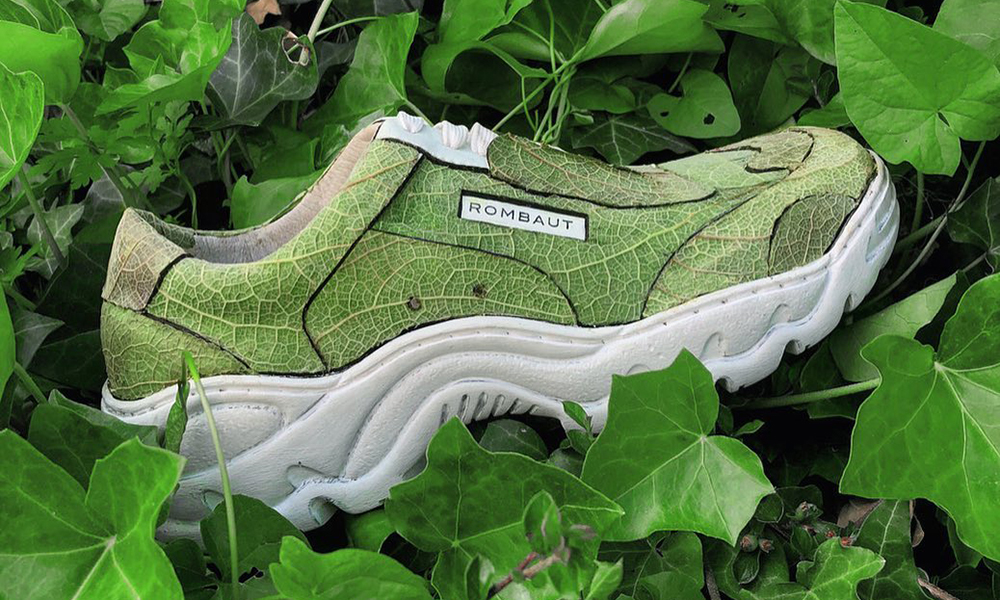
Belgian footwear label Rombaut is rooted in luxury fashion; its namesake director previously holding the title of creative director at Lanvin. The result is minimalist, contemporary styles which keep environmental responsibility at their core, dedicated to finding better alternatives to the synthetic textiles, glues and tanning dyes that have given the sneaker industry its bad rap.
Rombaut’s commitment is to produce plant-based shoes which stand the test of time, which means innovative design. Some of the game-changing natural elements that have replaced leather on the brand’s shoes include coconut, fig, potato starch and pineapple.

adidas x Parley
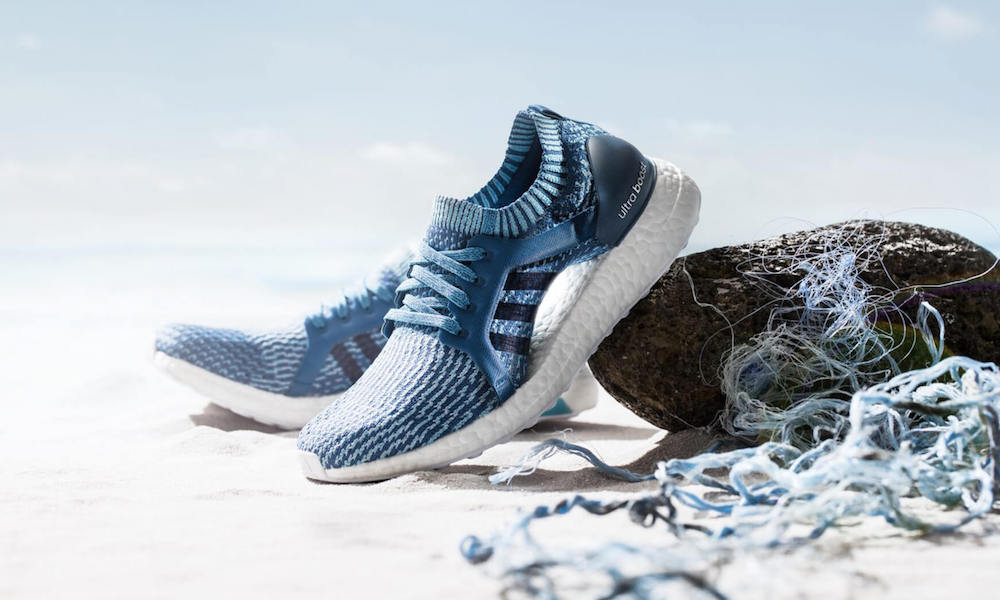
By far the most vocal of mainstream sportswear brands about its sustainability efforts is adidas, and the best example we have of this in a single collaboration comes care of Parley for the Oceans.
The brand with three stripes and the environmental organisation joined forces for the first time in 2015, replacing uppers with a yarn made from recycled ocean plastic and illegal deep-sea gill nets. Today you’ll find up-cycled ocean waste used on everything from adidas training apparel to their golf shows. More interesting still is the current development stages of adidas’ completely recyclable shoe, made entirely from reusable thermoplastic polyurethane, produced at the brand’s fully automated facility, the adidas Speedfactory.
Tretorn
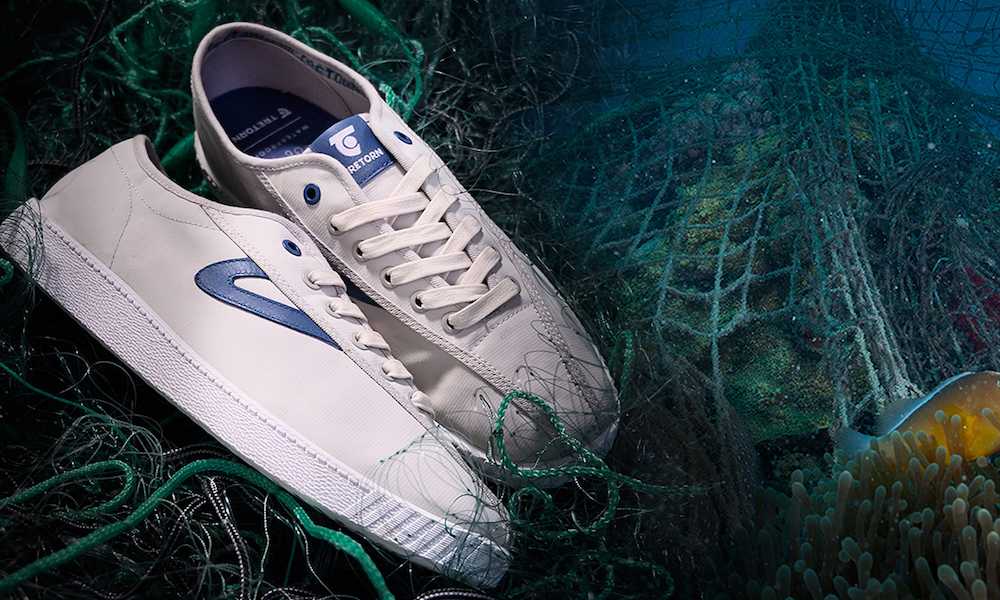
When it comes to sustainable and eco-friendly fashion, the Scandinavian nations really lead the way. One of the most resourceful is outerwear brand Tretorn which works with ocean conservation charity Sea Life Trust to collect used fishing nets (an estimated 650,000 tons of fishing nets drift like debris in our oceans) and repurposes the material into a canvas used on its sustainable trainers and rain jackets.
It also takes great care in ensuring the sustainability and transparency of its leather trainers with tanneries that run completely off of wind energy and make their own wetlands to carefully dispose of water waste and create a new biomass in the process.

Stella McCartney
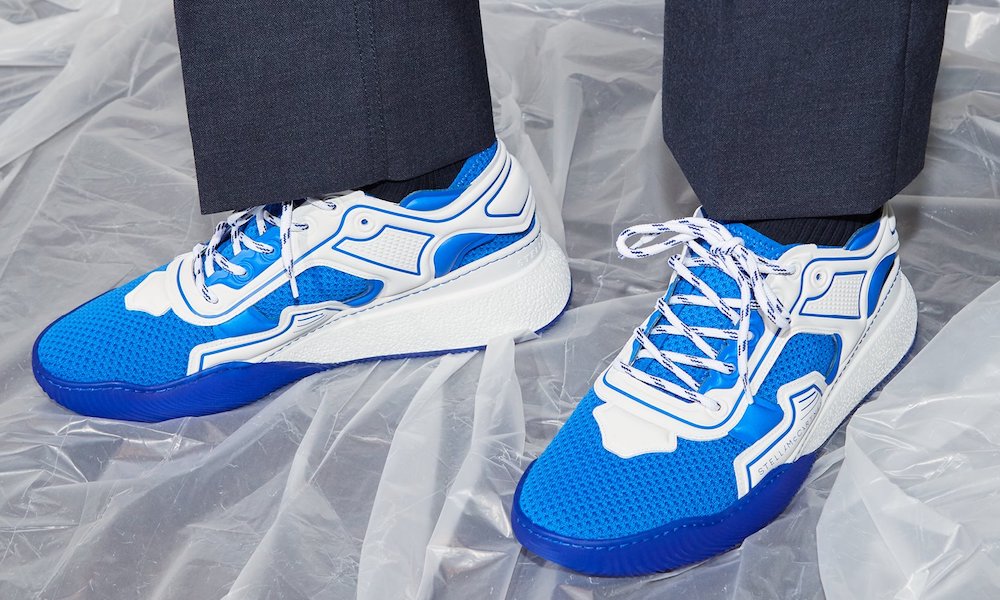
British fashion designer Stella McCartney is a true leader in the sustainable fashion field and a genius at embedding the principles into her design. Famously vegan (leather is firmly off the menu), McCartney was making sustainability an integral part of her namesake brand long before it became the in vogue thing to do.
Take the ‘Loop’ chunky trainer for example which has been stitched together without the use of any glue. The stitching can then be removed after use to fully dismantle the sneaker and recycle it anew. Now, that’s what we call design with end of life in mind.

Yatay
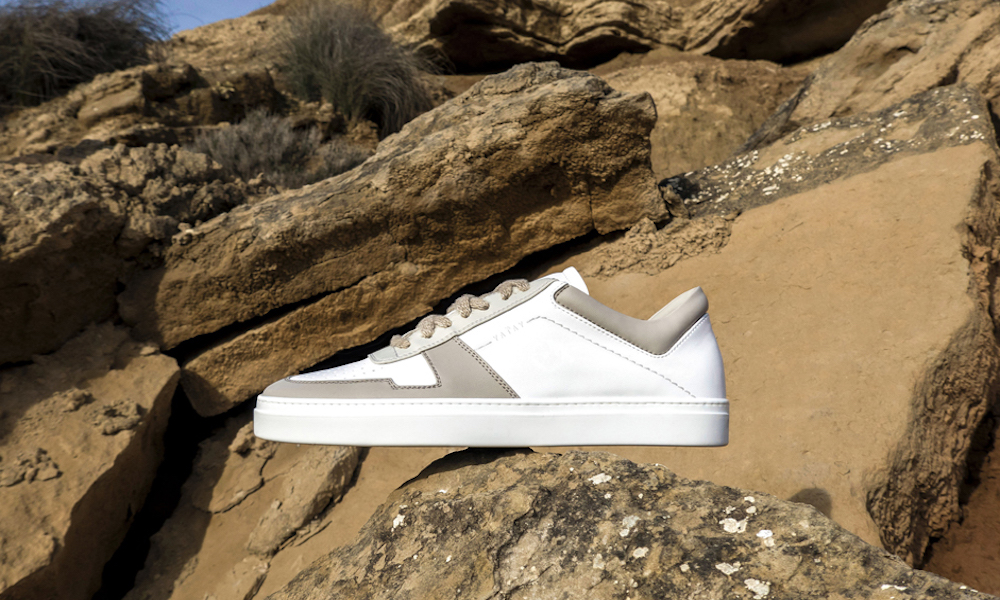
One of the fastest-growing plants in the world, hemp is a biodegradable and environmentally-friendly material that’s been used by humans for over 50,000 years — a lot longer than plastic. Super-slick sustainable trainers brand Yatay are big advocates of the fibre, using an organic hemp blend on their uppers while the shoelaces go 100 percent.
A sturdy sole made from a bio-based polyurethane furthers the Italian-made brand’s eco-credentials, as does the companies policy of planting a tree in a deforested area for every pair of sneakers sold.

Uniform Standard
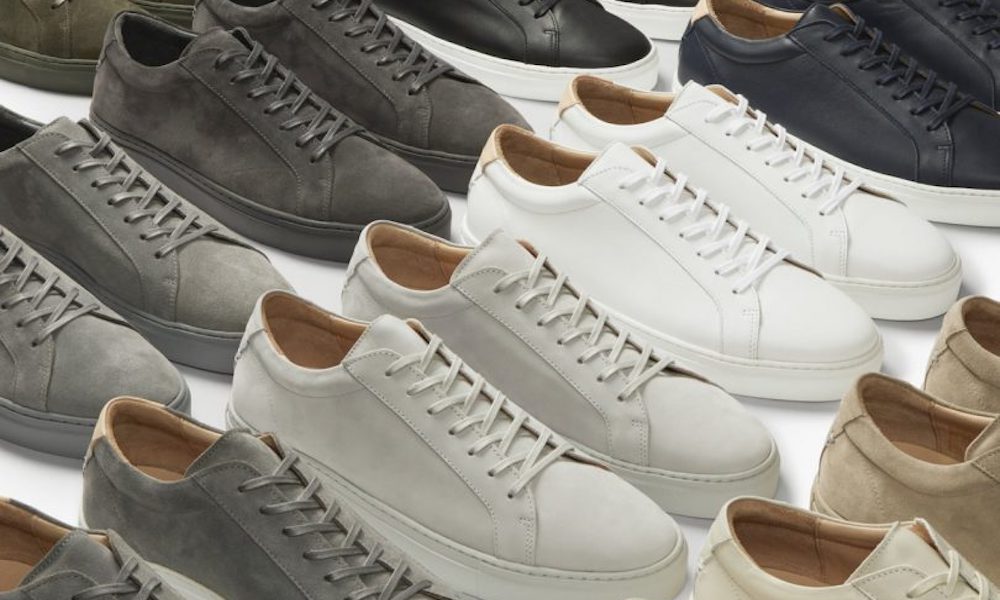
Designed in its East London studio and made in North Portugal, the home of traditional Portuguese shoemaking, Uniform Standard is a brand that refuses to cut corners, a sensibility that runs through every step along its supply chain.
Limited runs that consistently sell out means the brand has no need for sales come Boxing Day then, while the sneakers themselves are cut out of the very best, buttery soft and responsibly-sourced leather around with outsoles made using up to 70 percent recycled materials such as rubber, cork and rice husk shells, and flexible insoles made out of specially developed, 100 percent recycled cellulose fibres that have no added dyes.
The brand also uses carbon-neutral shipping, plastic-free packaging, paper made from discarded coffee cups, and recycled cotton dustbags, for the kind of intelligent, all-encompassing thinking that we fellow eco-warriors can only hope will become the industry standard in years to come.

Humans Are Vain
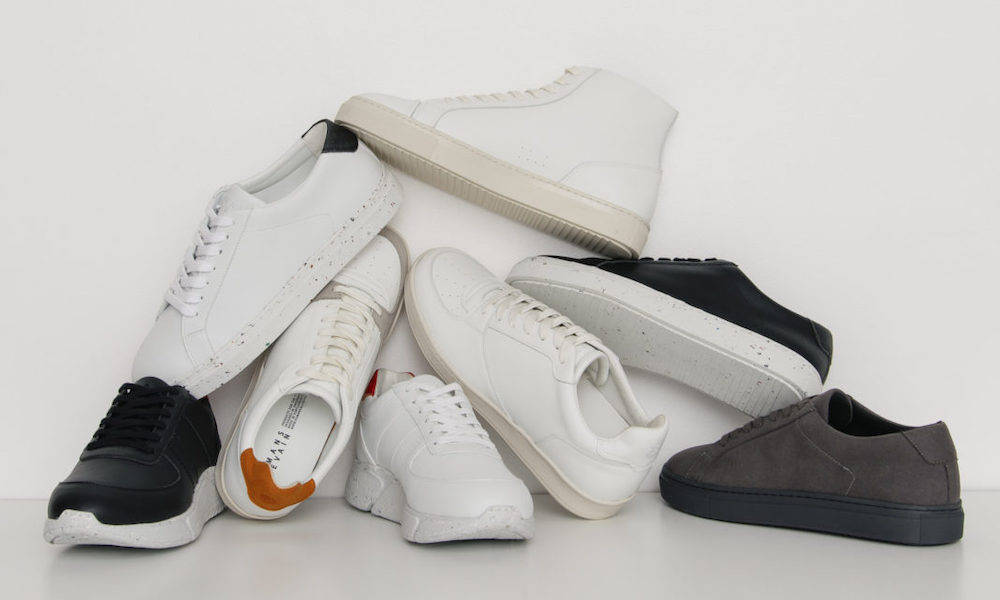
Sure, a name does not maketh a great sustainable trainers brand, but as far as opening gambits go, Swedish sneakermakers Humans Are Vain, has got to be right up there.
Co-founded by Chris Margetts, a Brit who used to head up design at a popular high-street shoe destination before becoming disillusioned with the fast-fashion hamster wheel and upping sticks to the home of minimalist, sustainable fashion, the brand is completely vegan, and admirably visionary. Take a running project with Stockholm University, for example, exploring the possibilities of 3D printed footwear made from old discarded clothes and textile waste, a collab Humans Are Vain hope to have market-ready by 2023.
_
Discover Form’s sustainability initiatives here.





